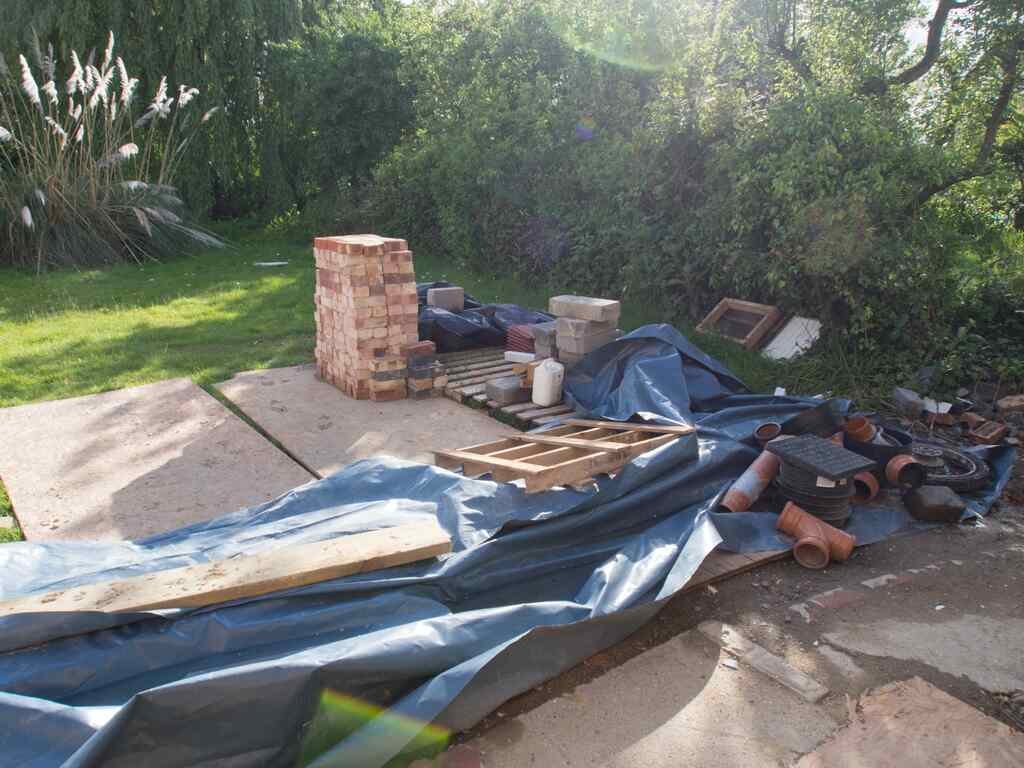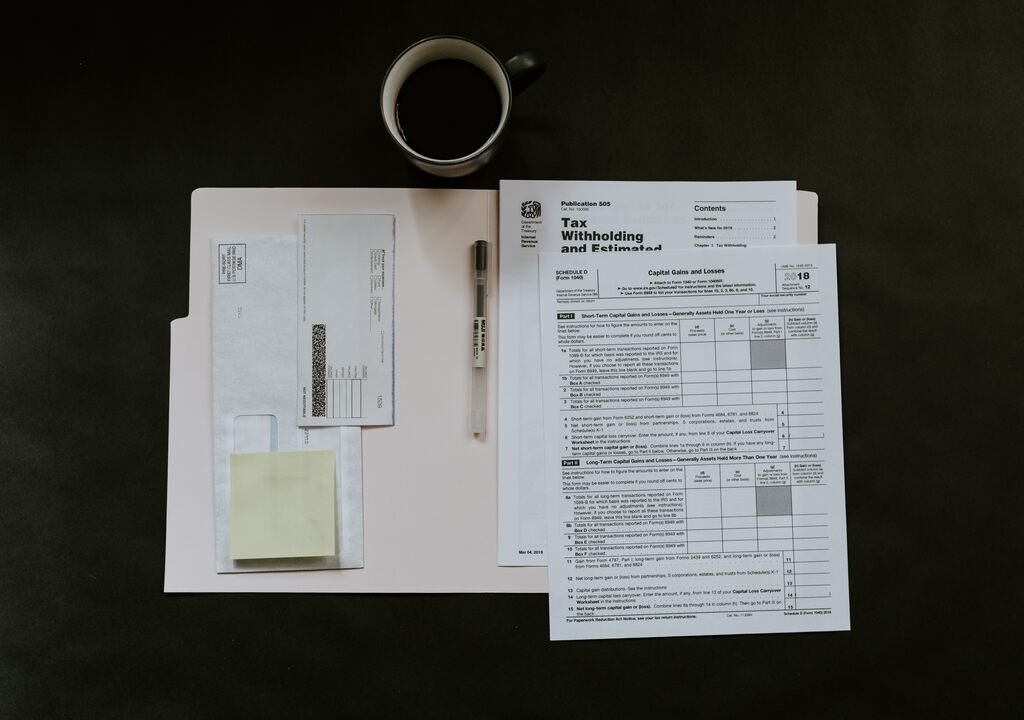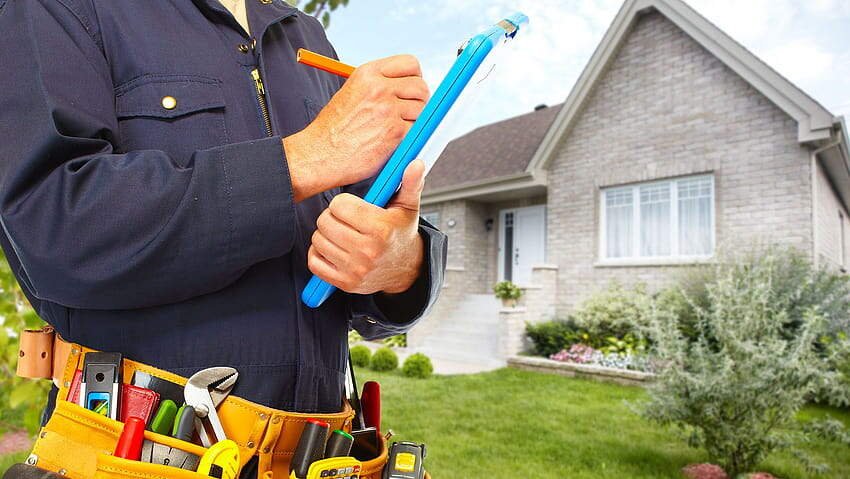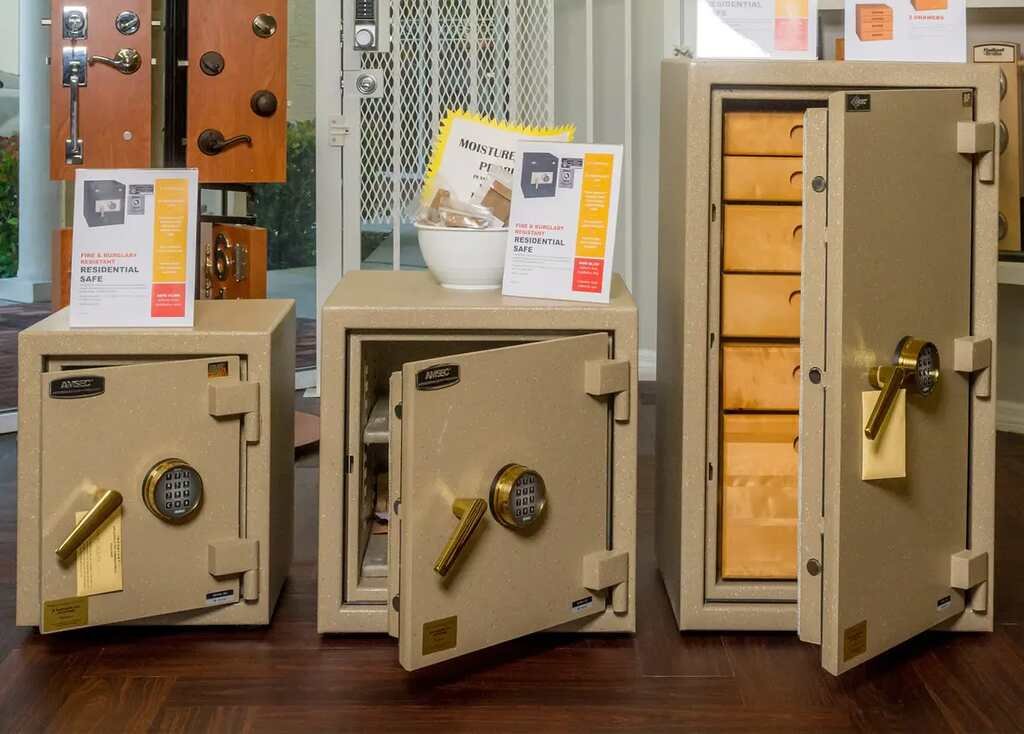If you’ve recently bought a new home, congratulations! Home ownership is a wonderful thing, freeing you from the status of a tenant who will never own their rental unit.
However, you’re probably starting to become aware of all the hidden costs of home ownership. The costs of maintenance and home improvements can quickly start to add up, especially if you bought a fixer-upper.
Fortunately, there are multiple ways that new homeowners can save money. Here are several practical ways you can save money on your new home. While all of these tips might not be right for everyone, you’re bound to find a few that can save you at least a few hundreds per year.
Watch your thermostat

According to the US Department of Energy, over 30% of your power bill comes from heating and air conditioning. If you can learn to live with cooler temperatures in the winter and higher temperatures in the summer, you can save a lot of money. You should also consider making the investment in a programmable thermostat. These devices can adjust the temperature so that you’re not paying for heating and air conditioning when you’re not home.
Use power strips
It’s estimated that about 10% of the power in a home is wasted on electronics that are plugged in but not turned on all the way. Unplug items such as toasters and coffee pots, and put larger items such as televisions on power strips that can be switched off when you aren’t using them. Power strips will also help to preserve your electronics in the event of a power outage.
Buy a water heater jacket
Heating water uses a lot of energy, and most of this heat is wasted while the water sits in the heater waiting to be used. To prevent the water from naturally cooling, insulate your water heater. Jackets tend to cost less than $50, making it possible to make back your investment in under a year.
Buy in bulk
Moving into a new home usually means that everything has to be replaced at the same time. Save some time and money by buying toilet paper, cleaning supplies, and paper towels in bulk rather than running to the store multiple times to keep resupplying. Purchasing a membership to a warehouse club may also help you to save money on groceries, school supplies, and even appliances.
Share the work

Odds are good that you have friends who are also homeowners. Work with them to complete a large job around your home one weekend, then complete a similar job at their home the next weekend.
Cancel your rent-to-own subscriptions
If you have furniture, appliances, or other items that have been purchased on rent-to-own plans, now is a good time to reevaluate those deals. While these may have been ideal contracts when you were renting, the costs for these types of contracts add up over time. Ideally, swap out these items for furniture and appliances that are bought outright, even if you have to wait a few months to make the purchase.
Look for deals on moving equipment and supplies
While odds are good that you won’t be planning to move again for a while, there are a number of reasons why you may want to own a few supplies. For example, buying a steel dolly is about four times the cost of renting one for a day. As a homeowner, however, you’ll probably use it every time you want to rearrange furniture.
Stagger your utilities
Making sure you have water and power on when you move will make everything a lot easier, so it often makes sense to get these services turned on as soon as possible. Other services such as cable and internet, however, may be able to wait for a few days or even a few weeks while you shop around for the best deal.
Sell your stuff
Before you move into your new home, consider what you really need to take with you. All too often new homeowners make the mistake of choosing to pay storage fees for items that they can’t use in their new home. This typically results in thousands of dollars a year paid in fees for items that probably cost a fraction of that amount.
Even if you think you have room in your new place for all your stuff, consider how much it will cost to wrap, secure and ship everything. For a local move, this cost may be negligible, but for a cross-country move, the price to move your couch is likely more than the couch is worth.
Of course, the cheapest way to move large objects is to not move them at all. If you’re paying for shipping by the pound, consider the cost of moving individual items such as pianos or tables, and compare it to what it would cost to buy the item again after you’ve moved. If it costs more to ship it, sell it before you leave.
Smaller items can take up a lot of room and they all have to be packed into moving boxes (which cost money). Hold a yard sale and get rid of stuff before you go. Of course, if you don’t have time to sell anything, make piles of stuff that can be donated before you go. Be sure to take the tax deduction for your donation.
Pay attention to your taxes

New homeowners are able to qualify for a lot of deductions and credits. For example, in many cases, moving expenses are considered tax deductible. Make sure you save your receipts so that you can get credit next spring for your move. Also, be sure to report your mortgage interest expenses and any money you paid for points to reduce your interest rate. Finally, pay attention to how much you spend on property taxes. This amount is typically deductible from your federal taxes, and some states allow you to deduct it from your state taxes as well.
Recommended Posts:














